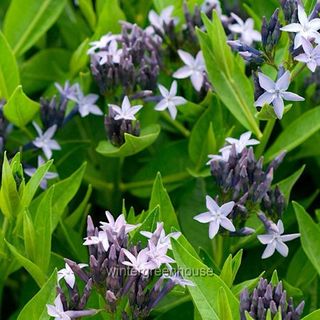'One of the most significant public gardens of the 21st century' – what the High Line can teach us about resilient gardening
The NYC gardens have proved that diverse, resilient and naturalistic plants can thrive in urban areas, even when grown on a disused railroad
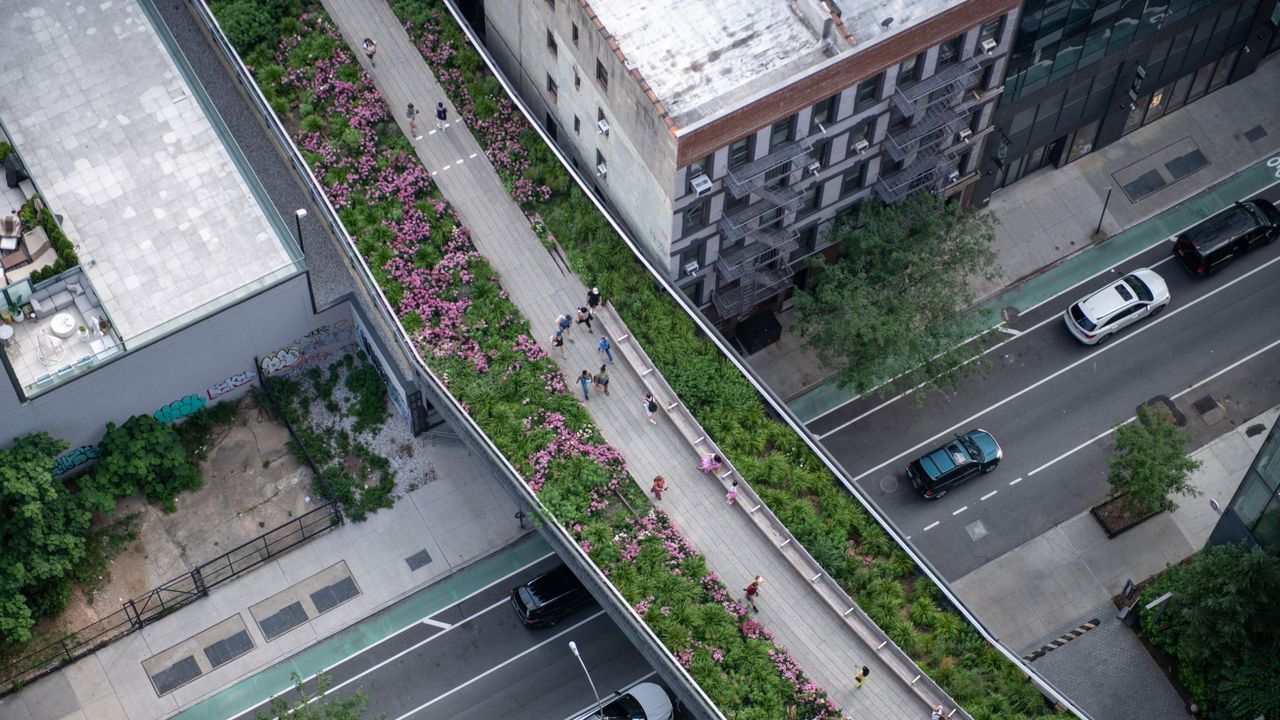

While a disused railroad might not sound like the dream location for a public garden, the High Line has proven that gardens can exist anywhere and in any form. Celebrating its 15th anniversary in 2024, the High Line is a feat of garden-making, transforming a once deserted brownfield site into a lush, urban oasis. As the images here show, green arteries now glide 30 feet above the New York City streets.
The High Line is undeniably one of the most important public gardens of modern times, transforming how we think about public spaces and gardens. It is today one of the best-known examples of reclaiming old, disused land and welcoming diverse plant life back into the urban center. Where once there was decay and ruin, now there is a garden.
Originally designed by Piet Oudolf, Dutch garden designer and leading figure in the New Perennial Movement, the High Line remains a masterclass in how gardeners can overcome urban challenges. I spoke to Richard Hayden, the High Line's Senior Director of Horticulture, whose team tends to the 2.3km long public park to celebrate this momentous anniversary. Here, I share some of the lessons his team has learned in using resilient, diverse and native planting in a city.
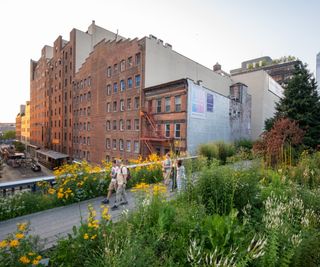
3 lessons in urban gardening from the High Line
The High Line has changed how we think about public gardens and urban spaces. Urban gardeners can learn so much from this internationally renowned project, not least about the importance of maximizing greenery in any inner city area for the benefit of the community, and for animals and insects seeking shelter and food in busy areas often lacking in biodiversity.
Gardens should provide year-round interest
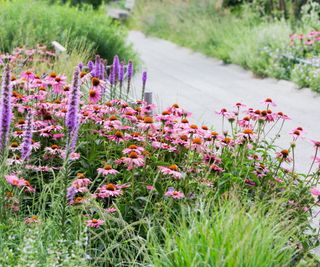
'The High Line has changed how we all think about public space and the utility of land in urban centers,' says Richard Hayden. 'I think it is one of the most significant public gardens of the 21st century, and it has undoubtedly changed our perceptions of urban gardening.
'Gardening here doesn't come without its challenges,' Richard continues. 'Our soil depth is about 18 inches, with a few taller planters scattered throughout, and we are limited in terms of space.'
For this reason, each and every plant has to earn its place. All of the trees, shrubs and perennials have to contribute something to the gardens, there can be no shrinking violets or fussy flora here.
'The High Line is a garden for every season,' Richard adds. 'It has to look just as good in winter as it does in the summer. As Piet Oudolf says, a plant isn’t worth growing unless it looks good dead.'
In urban spaces, or any garden for that matter, thinking about interest beyond just the growing season is crucial. As Richard advises, gardens can and should look good at all times of year, whether in the heights of summer or the depths of winter.
'We have many plants that really come into their own in both the fall and winter,' Richard says. 'We think of faded blooms as seed skeletons, adding interest later in the year. For example, Culver's root, Veronicastrum virginicum, is an incredible magnet for the 33 different species of bees who visit us at the High Line during the summer, but in winter, the seedheads turn a wonderful deep black.
'Autumn moor grass, Sesleria autumnalis, is another one to mention,' Richard adds. 'This is possibly the most numerous plant we grow on the High Line. It is a resilient understory plant that adds great texture in all seasons.'
Plants like Culver's root and autumn moor grass are important for bringing in that year-round interest. Gardens are not just for spring and summer, and thinking about fall and winter color and texture is crucial, particularly in smaller yards. For example, incorporating one or two native dogwoods will provide spring blooms, summer foliage and fall color, maintaining interest during different seasons.

Richard Hayden is the senior director of horticulture at the High Line on the west side of Manhattan. He previously served as the Assistant Deputy Director at the Natural History Museum of Los Angeles County where he was the primary project manager for the reimagining of the La Brea Tar Pits Museum. He also oversaw the Nature Gardens, a wildlife habitat garden.
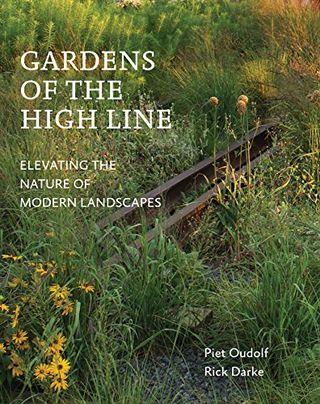
This book tells the story of the High Line, transformed from a once untouched, abandoned landscape, to the gardens and green retreat we know today.
Combining native and non-native plants makes for a resilient space
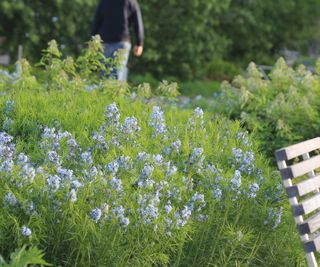
'To make a garden rich, you need a wider palette than just native planting,' Richard continues. 'Of course, native plants are crucial, we grow about 160 NYC natives across the entirety of the High Line, but planting these alongside non-natives that are diverse and resilient is the key to success.'
'The High Line is an energizing space,' Richard continues, 'known for its complexity and diversity of planting. We grow birches, ferns, dogwoods, Virginia bluebells alongside some of the best native grasses.'
Richard suggests two natives for producing showstopping flowers. 'The butterfly milkweed, Asclepias tuberosa, is an incredibly resilient self-seeding plant. Growing throughout the Western Rail Yards section of the High Line, this North American native is a huge draw for monarch butterflies with nectar-rich orange flowers.
'Thread-leaf bluestar is another favorite,' Richard continues. 'This odd little North American native from Arkansas can grow happily on flood plains and tolerate drought. It is a plant for all weathers.' These delicate blue blooms can be seen in the image above.
I have grown thread-leaf bluestar, or Amsonia hubrechtii, when working as a gardener in the UK, and the blue star-like flowers of this ornamental plant are spectacular in the spring, followed by superb color in the fall, when once green leaves turn different shades of yellow and umber.
'Using tough, native plants - like the thread-leaf bluestar - is essential for gardeners. What we are experiencing, it is not so much climate change as climate chaos,' Richard explains, 'with wild temperature fluctuations and drought becoming a real challenge for gardeners.'
Gardens should be emotional and engaging spaces
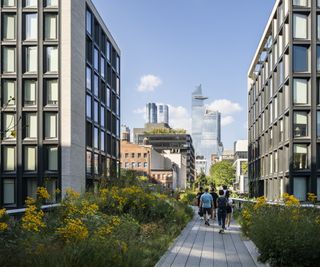
'While the High Line is a busy public garden, annually welcoming over 8.5 million visitors, it is designed to be a restful, considered, emotionally evocative space,' Richard says.
As a gardener myself, I think any outside space - big or small, public or private - can be an emotional, engaging experience. Gardens should offer serenity and calm, encouraging stillness and reflection. All green spaces can do this, and maximizing greenery in our lives and welcoming in the natural world, whether on a small balcony or in an expansive backyard, can only be a good thing.
'Naturalistic gardens aren't a fad,' Richard says. 'These plants, our gardens, they speak to something in all of us. We have all experienced nature, and it brings back memories and feelings.
'With the planting now very established across the High Line, it feels like the gardens have always been there. It is great to see joggers and commuters using the space early in the morning, or finding visitors resting on a bench, taking a minute to pause and reflect during their busy day. For a moment, you forget that you are in the bustling heart of New York City.'
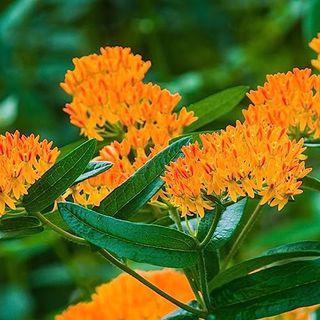
Butterfly milkweed, Asclepias Tuberosa, is a North American native, producing masses of orange blooms that butterflies love.
FAQs
What are the best resilient shade plants for a urban yard or balcony?
There are many shade plants that will thrive when grown in pots in an urban plot. Why not learn how to grow hostas in pots, or, for a native plant, consider growing tiarella, commonly known as the foam flower? This US native is one of my favorite perennials and is often considered one of the best full-shade perennials.
While the High Line is one of the most renowned public gardens worldwide, we can all learn a thing or two from the clever and sensitive approach to planting and growing resilient species. For more information on resilient perennials and shrubs, see our guide on ditch plants, for tough and almost indestructible plants that can handle the heat, frost and rain, or see our guide on the High Line fall and winter plants, to add some color and texture to your yard at all times of the year.
Sign up to the Homes & Gardens newsletter
Design expertise in your inbox – from inspiring decorating ideas and beautiful celebrity homes to practical gardening advice and shopping round-ups.

Thomas is a Content Editor within the Gardens Team at Homes and Gardens. He has worked as a professional gardener for both public spaces and private estates, specializing in productive gardening, growing food and flowers. Trained in Horticulture at the Garden Museum, he has written on gardening and garden history for various publications, including The English Garden, Gardens Illustrated, Hortus, The London Gardener and Bloom. He has co-authored a Lonely Planet travel book, The Tree Atlas, due out in 2024.
-
 Katherine Heigl uses these exact martini glasses to add instant excitement to her neutral kitchen – and they master 2025's most luxurious trend
Katherine Heigl uses these exact martini glasses to add instant excitement to her neutral kitchen – and they master 2025's most luxurious trendThe Grey's Anatomy actress expertly exhibits her glassware, turning party pieces into permanent decor (and they've never looked as fashionable)
By Hannah Ziegler Published
-
 I tried the 'Reverse Decluttering' method – it made clearing clutter in my small home stress-free, speedy and guilt-free
I tried the 'Reverse Decluttering' method – it made clearing clutter in my small home stress-free, speedy and guilt-freeIt's a simpler way to cut clutter
By Chiana Dickson Published
-
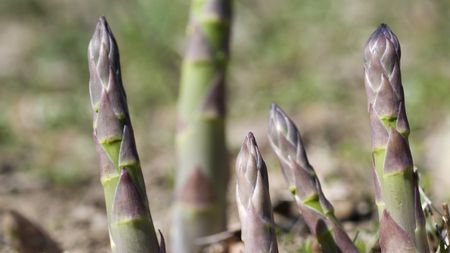 When and how to divide asparagus – expert tips to rejuvenate older plants for better yields
When and how to divide asparagus – expert tips to rejuvenate older plants for better yieldsDividing asparagus crowns is simple and rewarding, but you must get the timing right
By Drew Swainston Published
-
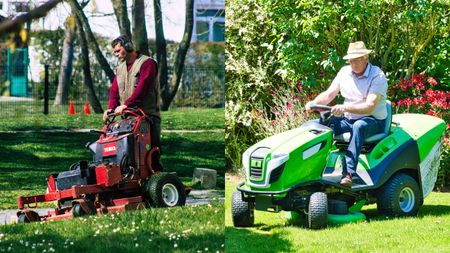 Standing mowers vs riding mowers – a mowing expert reveals which is best
Standing mowers vs riding mowers – a mowing expert reveals which is bestStanding mowers vs riding mowers is a heated debate among landscapers. I spoke to a landscaping expert to find out if standing mowers really are the best
By Alex David Published
-
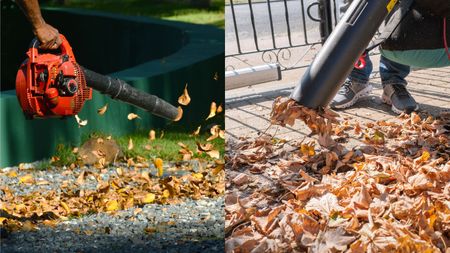 Leaf blowers vs leaf vacuums – which is best for your yard, and should you bother with either?
Leaf blowers vs leaf vacuums – which is best for your yard, and should you bother with either?It's not obvious which is best between leaf blowers v leaf vaccums. As a product tester, this is all you need to know about these controversial yard tools
By Alex David Published
-
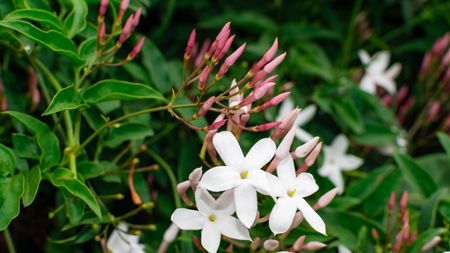 Pruning jasmine in late summer will ensure your plants bloom better than ever next year
Pruning jasmine in late summer will ensure your plants bloom better than ever next yearTiming is critical when pruning summer-flowering climbers
By Thomas Rutter Published
-
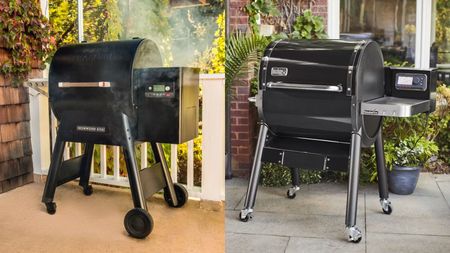 Weber vs Traeger – which pellet grill should I buy? Advice from a product tester
Weber vs Traeger – which pellet grill should I buy? Advice from a product testerThey're two titans of the grilling game, but who comes out on top between Weber vs Traeger? As a product tester, this is all you need to know about the brands
By Alex David Published
-
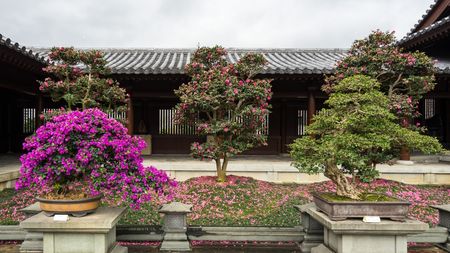 Bougainvillea in miniature – with a little patience, anyone can grow these vibrant plants in bonsai form
Bougainvillea in miniature – with a little patience, anyone can grow these vibrant plants in bonsai formGrowing bougainvillea bonsai trees can add impact to even the smallest of spaces
By Thomas Rutter Published
-
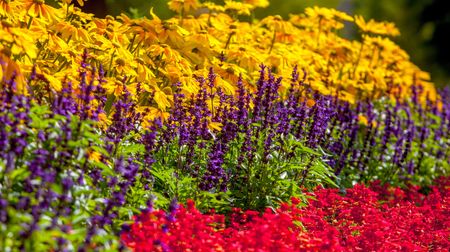 10 low maintenance, drought tolerant plants – for a beautiful and undemanding landscape
10 low maintenance, drought tolerant plants – for a beautiful and undemanding landscapeExpert plant picks for a thriving dry garden, that will make life easier and more colorful
By Jacky Parker Published
-
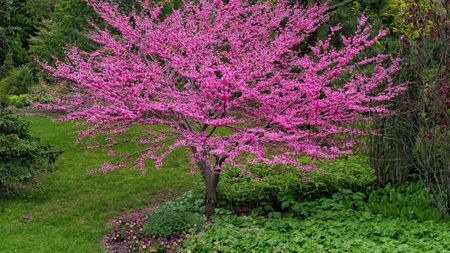 How to grow eastern redbuds – the cherished native tree with striking spring blooms
How to grow eastern redbuds – the cherished native tree with striking spring bloomsAdaptable and reliable, eastern redbuds are tough trees that will not disappoint
By Thomas Rutter Published

